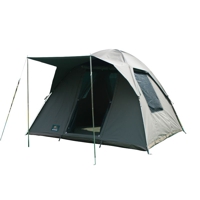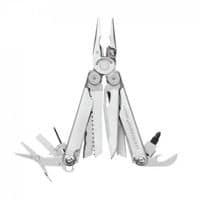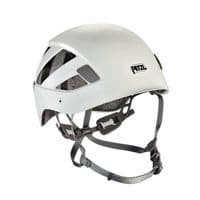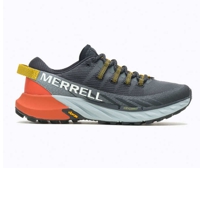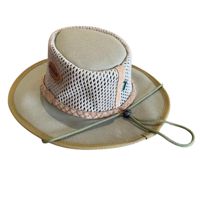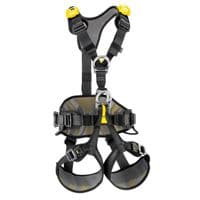Blog
Climbing the Peaks: Essential Equipment for Camping in The Mountains
Embarking on a mountain camping adventure is an exhilarating experience that offers a unique blend of challenges and rewards. South Africa has beautiful mountain ranges which include the Drakensburg, Table Mountain, Magaliesburg, Outeniqua Mountains, Tsitsikamma Mountains and so much more. The majestic peaks, serene landscapes, and the sheer thrill of scaling new heights draw outdoor enthusiasts to these formidable natural wonders. However, as enticing as it is, camping in the mountains requires meticulous preparation and specialised camping gear for added safety. The unpredictable nature of mountainous terrain, coupled with often swiftly changing weather conditions, makes it imperative for campers and climbers to be well-equipped.
Understanding Mountain Terrain and Climate
Mountains, with their towering peaks and rugged landscapes, present a terrain that is both breathtaking and challenging. To embark on a mountain camping expedition, it’s essential to comprehend the unique features of mountain terrain and the often unpredictable climate that accompanies it. Here, we delve into what makes mountain environments distinct and emphasize the crucial need for thorough research and preparation to navigate these conditions effectively.
Unique Features of Mountain Terrain
- Elevation Gain: Mountains are defined by their significant elevation gain over relatively short distances. This means that you’ll encounter steep ascents and descents, which can be physically demanding, especially when carrying gear.
- Variable Terrain: Mountain terrain varies widely, from rocky outcrops to dense forests and snow-covered slopes. Each type of terrain presents its own challenges and requires different approaches to navigation.
- Altitude: As you ascend higher, the air becomes thinner, which can lead to altitude-related issues such as altitude sickness. Acclimatization is crucial when camping at high altitudes.
- Harsh Weather: Mountains are known for rapidly changing weather conditions. Sunny skies can turn into thunderstorms or blizzards within a short span, making preparedness for adverse weather a top priority.
- Wildlife and Flora: Mountain ecosystems are often home to unique wildlife and flora. Understanding the local flora and fauna is important to respect the environment and ensure your safety.
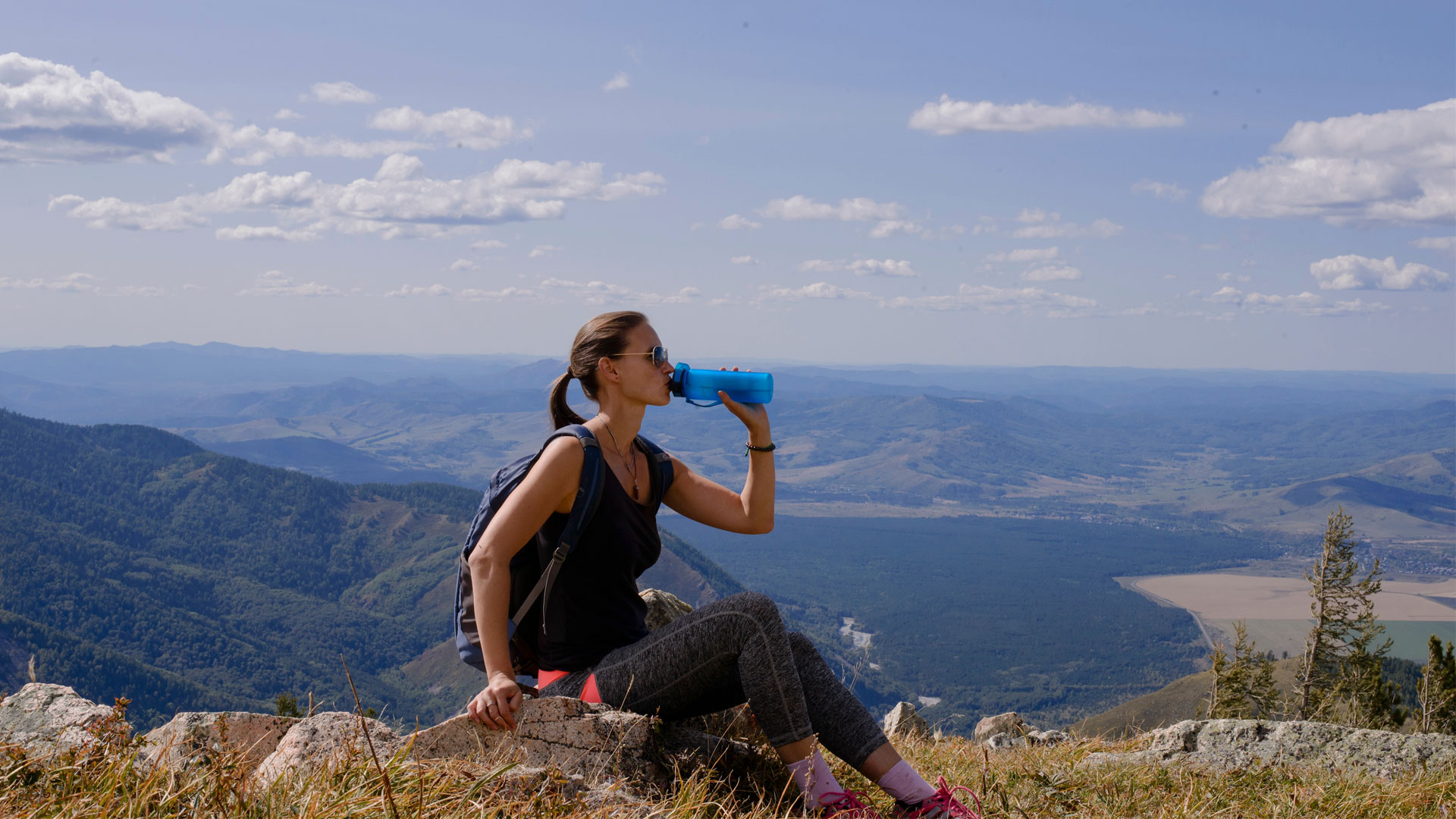
Importance of Research and Preparation
Given the challenging nature of mountain terrain and climate, thorough research and preparation are non-negotiable. Here’s why:
- Safety: Understanding the terrain and climate helps you plan routes and make decisions that prioritize safety. You’ll know when to avoid risky areas or when to retreat if the weather turns hostile.
- Gear Selection: Different mountain environments require specific gear. Researching the terrain allows you to choose appropriate footwear, clothing, and equipment tailored to the conditions you’ll encounter.
- Navigation: Knowledge of the terrain helps with navigation. Topographic maps and GPS devices become invaluable tools when you can anticipate the landscape.
- Emergency Planning: Being aware of the challenges of mountain terrain and climate allows you to prepare for emergencies. This includes having first aid supplies, communication devices, and knowledge of emergency procedures.
- Leave No Trace: Understanding the environment helps you practice responsible camping. Leave No Trace principles ensure that you minimize your impact on fragile mountain ecosystems.
Comprehending the intricacies of mountain terrain and climate is the foundation of a successful mountain camping adventure. Researching the specific conditions of your chosen mountain range equips you with the knowledge and confidence needed to tackle the challenges that nature presents. With this understanding, you’ll be well-prepared to embrace the beauty and adventure that mountain camping offers while ensuring your safety and the preservation of these pristine environments.
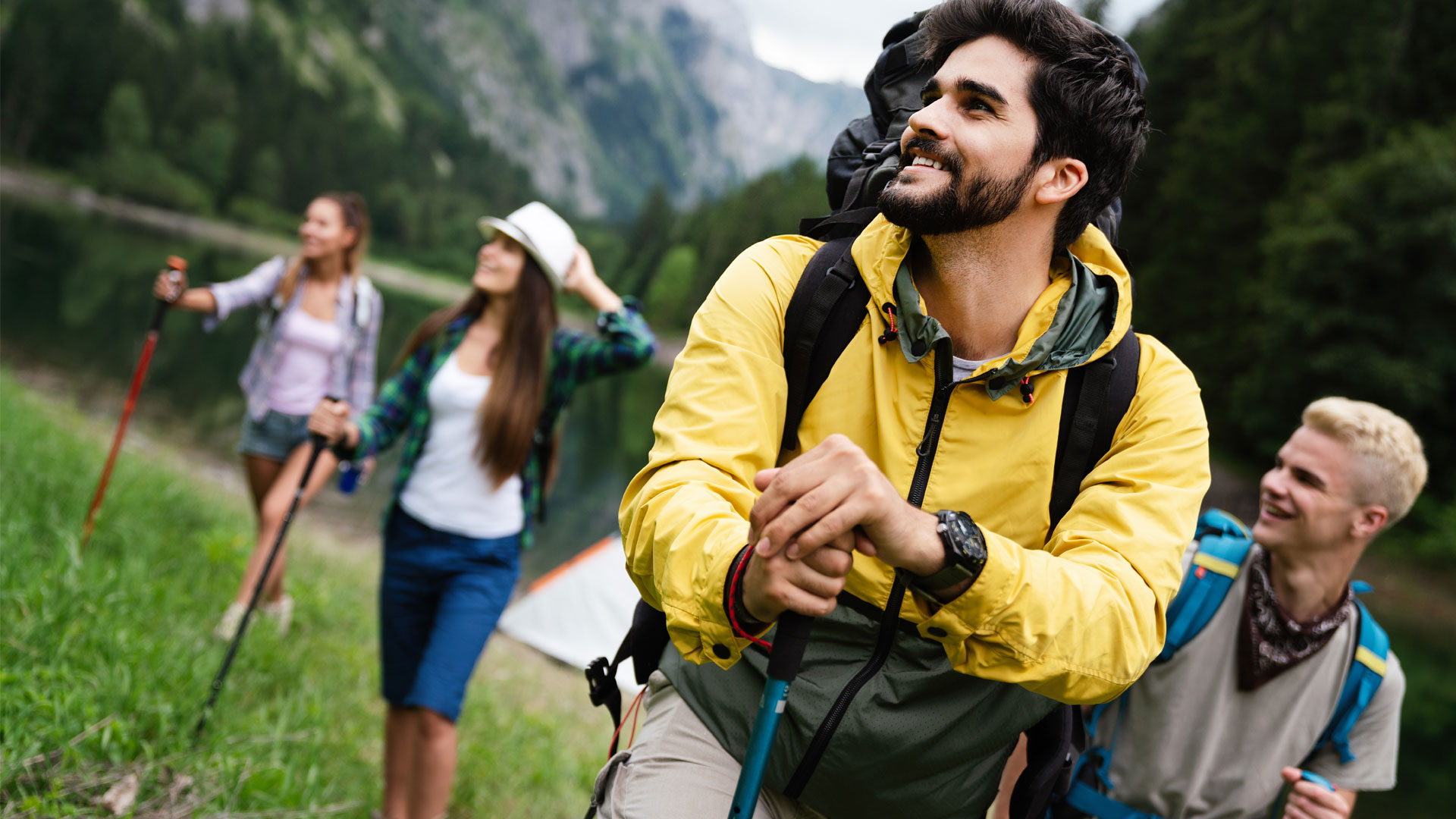
Essential Gear for Mountain Camping
When embarking on a mountain camping adventure, your choice of gear can make a significant difference in your comfort, safety, and overall experience. In this section, we’ll explore the essential equipment you need for a successful mountain camping trip, including tents, sleeping bags and pads, backpacks, climbing equipment, navigation tools, food and water supplies, clothing, and personal gear.
Camping Tents
Camp tents are your sanctuary in the mountains, offering protection from the elements and a cozy place to rest. Opt for 4-season tents designed for mountainous areas. These tents are built to withstand high winds, heavy snow loads, and cold temperatures. They typically have sturdy poles and reinforced materials. Look for features such as wind ratings, waterproofing and adequate ventilation to reduce condensation.
Sleeping Bags and Pads
A good night’s sleep is crucial for your mountain adventures. Choose a sleeping bag with an appropriate temperature rating for the expected low temperatures. Down-filled sleeping bags are lightweight and warm, but synthetic sleeping bags perform better when wet. Opt for lightweight and compact sleeping pads that offer insulation from the cold ground. Inflatable pads provide comfort without adding much weight to your pack.
Backpacks
Your backpack is your lifeline, carrying all your gear. It’s vital to choose the right size to ensure you can carry all the camping equipment you need. For multi-day treks, go for a backpack with a capacity of 50-70 liters. The size should accommodate your gear without overloading you. Look for adjustable straps and padded hip belts for even weight distribution. Consider a backpack with a rain cover or a built-in waterproof lining. Choose a backpack made from durable materials to withstand the rigors of mountain terrain.
Climbing Shoes
Climbing shoes play a crucial role in your ascent. Consider the following:
- Types of Climbing Shoes: Different terrains require different shoes. Approach shoes are versatile, while aggressive climbing shoes are designed for technical climbs.
- Fitting and Breaking In: Ensure a snug but not painful fit. New shoes may require some breaking in to maximize comfort and performance.
Harnesses and Ropes
Safety is paramount in climbing. Look for climbing harnesses with reinforced tie-in points and adjustable leg loops. Ropes should meet safety standards and be in good condition. Select harnesses and ropes suitable for your climbing style, whether it’s sport climbing, trad climbing, or alpine climbing. Helmets are essential for preventing head injuries from falling rocks or equipment. Always wear one when climbing or hiking in rocky areas. Other Safety Gear like carabiners, belay devices, and chalk are vital for safe and efficient climbing. Ensure they’re in good working order.
Navigation Tools
Mountain terrain can be disorienting, making navigation tools indispensable. When choosing GPS devices, ensure they have a long battery life, are preloaded with maps and have waypoint marking capabilities. Always pack additional batteries or a powerbank. When you embark on a mountain camping adventure it is advised to learn the basics of map reading, in case your electronic navigation tools die or lose signal.
Food and Water Supplies
Proper nutrition and hydration are vital for sustained energy in the mountains. High-energy activities demand a diet rich in calories, carbohydrates, and protein. Plan lightweight, high-calorie meals that are easy to prepare on a camp stove or consider packing freeze-dried food options. Wilderness water sources may contain contaminants. Carry a water filter or purification tablets to ensure safe drinking water.
Clothing and Personal Gear
It is important to understand the importance of layering your clothing. Start with a moisture-wicking base layer, add insulating layers, and finish with a waterproof shell. Merino wool and synthetic fabrics are ideal for moisture management and insulation. Don’t forget sunscreen, a wide-brimmed hat, sunglasses, a multi-tool, and a first aid kit. Consider items like a camp pillow or a book for added comfort and entertainment.
With the right gear in your arsenal, you’ll be well-prepared to conquer the challenges and relish the beauty of mountain camping.
Conclusion
In conclusion, mountain camping offers unparalleled rewards, from stunning vistas to a profound connection with nature. However, these rewards come with responsibilities. Equip yourself with knowledge, the right gear, and a deep respect for the environment. By doing so, you’ll not only safeguard your own well-being but also contribute to the preservation of these awe-inspiring landscapes for generations to come. Embrace the adventure, cherish the memories, and leave the mountains as you found them—majestic and unspoiled.
Related Blog Posts
- Your Comprehensive Guide to Planning the Perfect Camping Trip
- Fueling Your Adventure: The Many Uses of Gas for Camping
- Eco-Adventures: Embracing Sustainable Camping Practices
- Camping Gadgets for the Tech-Savvy Camper: Stay Connected in the Wild
- Gear Up for Winter: Must-Have Equipment for Winter Camping

